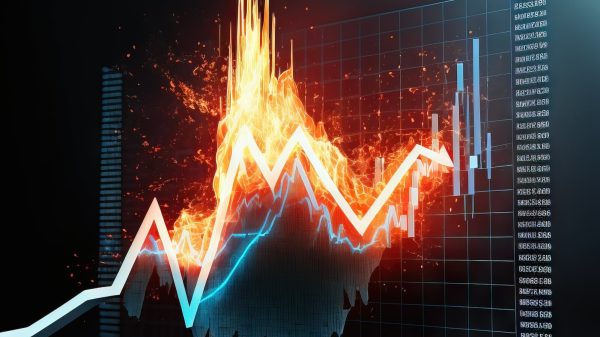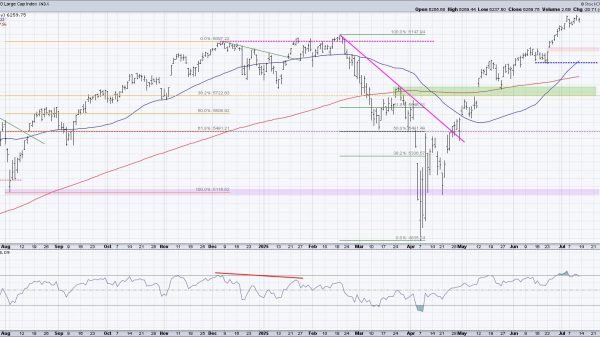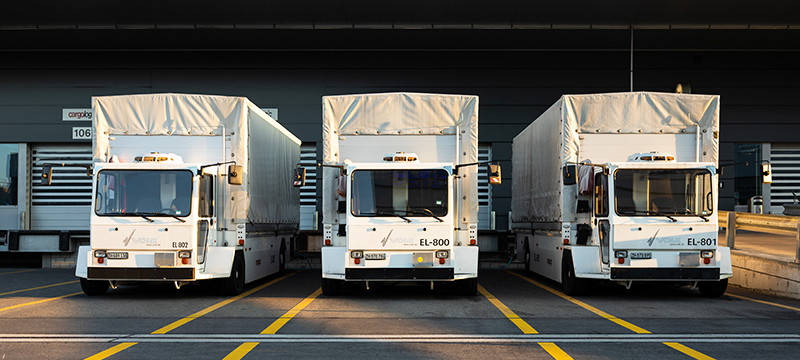We live in the time of the Fourth Industrial Revolution. It involves a new approach to production. The core of this modern approach is the introduction of IT, large-scale automation, and the spread of AI. The benefits are obvious: increased productivity and competitiveness, better workplace safety, shorter time to market for products.
In the same manner as previous industrial revolutions, the current revolution has a strong impact on the economy. New technology advancements help manufacturing, warehousing, and logistics become more efficient, resilient, cost-effective and green.
What Is Green Logistics?
Green logistics is a group of logistics measures in the supply chain and transportation. It aims to cut negative impacts on the environment as much as possible. The group encompasses initiatives to emphasize energy consumption, carbon footprint, and resource depletion. In terms of logistics, digitalization builds green transportation systems. Many logistic companies are now adopting Multi-Sensor Tracking Devices to cut logistic-related emissions.
The goal of green logistics is to decarbonize the world’s economy by 10-12% by 2025. Researchers believe that green logistics will help redesign business models. Green logistics offers immense opportunities for cargo management, planning, synchronization, and shipping functioning. It allows businesses to respond to supply chain disruptions and adapt to changes. As a result, green logistics can increase productivity by foreseeing future risks. Green logistics has the potential to balance social, economic, and environmental conditions.
Top 5 Advantages of Green Logistics
Green logistics uses several technologies and solutions like IoT (Internet of Things) to improve processes. Green logistics has many advantages including:
Decreased Pollution
Companies using multi-sensor tracking devices see an impressive reduction in pollution generated. The logistics industry handles a quarter of total carbon dioxide discharge. By 2050, this percentage may increase up to 40%, unless we take intense actions. Given the present-day ecological crisis, tracking devices are beneficial both for the company and society as a whole to decrease pollution.
Lower Transportation Costs
Logistics operations are the processes of moving produced goods from the manufacturer to the consumer. The entire process includes inventory management, fulfilling orders, and delivering packages. Green logistics reduces the number of transport operations. This is especially true for businesses with combustion vehicles, emitting greenhouse gasses. Using green logistics will help a business make necessary savings, while reducing pollution.
Reduced Packaging Costs
Product packaging accounts for nearly 50% of the world’s plastic pollution. Green logistics facilitates options for reusable and biodegradable materials for packaging. These options include polyethylene foam, paper bags/tape, and corrugated cardboard. While ecological packaging can be more expensive at the onset, using recyclable materials can ultimately decrease packaging costs.
Better Brand Image
More companies are shifting to green operations. Eco-responsible companies take a winning position according to environmentally friendly suppliers. Companies with a green logistics approach achieve competitive advantages in their businesses by meeting the demands of both B2C and B2B customers. It is estimated that the greener logistics market size may reach $2.9 trillion by 2032, which is a CAGR growth rate of 8.3% from 2023 to 2032.
Warehouse Automation
Automation of warehouses is one of the green logistics strategies. WIth diverse automated processes including IMS and WMS, green logistics reduces losses and helps manage expiration dates. Tracking devices are also a vital tech part that enables green logistics. Warehouse 4.0 meets the efficient green logistics requirements. It is a win-win for the economy and the environment.
Sensor Technologies in Green Logistics
Multi-sensor tracking devices enable companies to increase productivity and sustainability. By digitizing the processes, it becomes easier to bring greener logistics to the world. The ability to properly monitor sustainability helps to protect the planet.
Internet of Things in Enterprise Logistics The expected number of connected devices by 2026 is 26 billion. In 2022, the market for the world’s transport and logistics sector of the Internet of Things was 31 billion USD. By 2027, this number will probably grow to 67 billion USD. Logistics is now becoming increasingly globalized, therefore enterprises are looking to optimize their transportation, from start to end. To deliver that capacity, it’s crucial to use low-power devices. Such devices seamlessly connect across networks, borders, and protocols.
Sensor Technologies
Multi-sensor trackers can monitor humidity, pressure, temperature, and light. Once integrated into logistics assets, they ensure shipments at the required conditions. Several types of sensors can be used:
Temperature sensors check temperature-sensitive cargo like chemicals, pharmaceuticals, or fresh goods. They record temperature levels on the go. If levels are above the threshold, the managers get warnings which allows them to take action. Pressure sensors track the level of pressure in sealed containers. Multi-sensor tracking devices detect pressure changes. As this may show contamination, leak, or other issues, logistic managers will know how to prevent sensitive goods from contamination. Humidity sensors help to oversee the level of humidity for cargo. This is important for textiles and electronics. Humidity sensors activate ventilation systems or dehumidifiers as needed. This allows companies to ensure optimal humidity conditions for their products. Gas/chemical sensors monitor the presence of dangerous fumes or leaks in containers with gas or chemicals. Early screening is the guarantee of safety of the cargo and the employees who manage it. Light sensors observe light levels. Such sensors detect if the area is subject to light. They prevent damage to electronics or sensitive chemicals. The sensors launch protective measures and adjust stockroom light. Vibration sensors are helpful during cargo transits. They detect excessive movement that can impact the cargo. With data from sensors, logistics managers can act promptly.Geography of Usage
IoT tracking devices have different interconnection technologies to adhere to specific cases. For uninterrupted tracking, they can work on land for use on rail and road. In addition, they work on transport that moves by air with tracking devices that have built-in flight modes which power back up on landing and automatically sleep on take-off. They can also work in the sea, determining the condition of goods and their position using the data from AIS that integrates with data from the base station of the shipping vessels.
Case Studies: Top Green Logistics Companies
There are many companies, committed to decarbonizing their logistic processes. They do so using multi-sensor tracking devices. For example, DHL has developed its GoGreen strategy. It uses sensors to protect against changes in humidity, temperature, vibrations, or light. FedEx is another example that keeps updating its live-tracking devices to grow security, flexibility, and visibility. Its team brings all the gathered data and intelligence together. This information helps to comprehend cargo status and foresee problems or delays.
Conclusion
Green logistics is not only about getting cargo to its destination faster, it’s about making transportation beneficial for the environment. More companies will get greener in the next few years. They will ultimately force out those companies with traditional logistics models. Though a challenge at first, it’s important to innovate through green technology. Join the greener strategy now, it’s a win-win for companies and for the planet.
The post Decoding the Environmental Footprint: Leveraging Multi-Sensor Tracking Devices for Greener Logistics appeared first on IoT Business News.
























